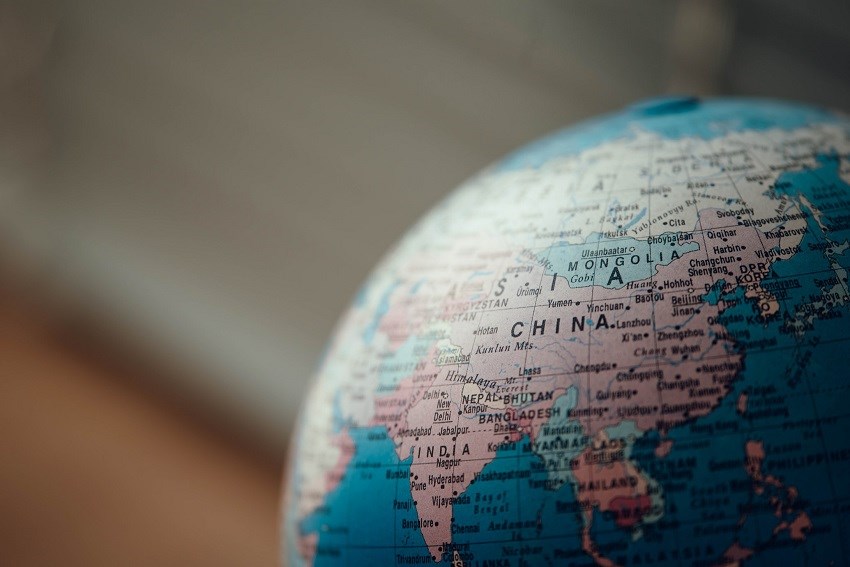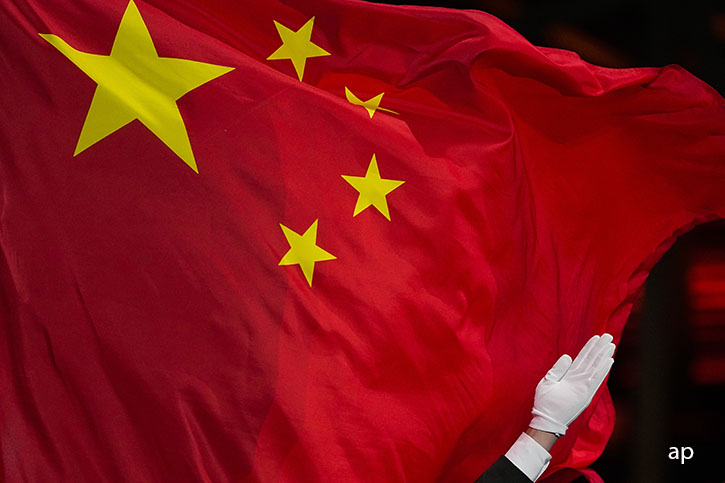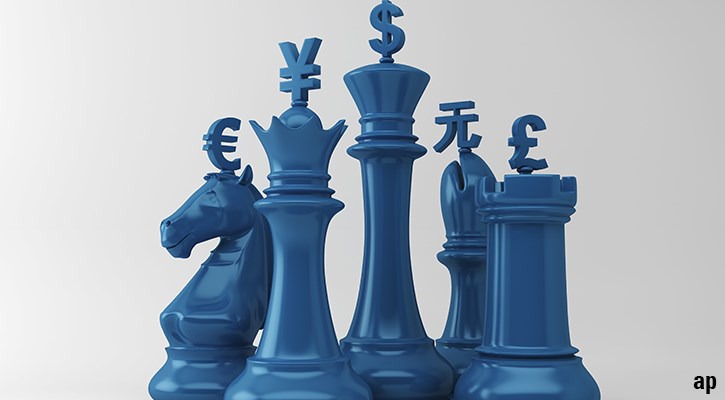Ollie Smith: Morningstar has been hard at work examining the best dividend ideas in Europe in the wake of the pandemic. Indeed, analyst Michael Field has created a framework for identifying which stocks are best placed to thrive in the current economic climate and keep paying dividends in future. He joins me now.
Michael, good to see you. How has the pandemic changed dividend investing?
Michael Field: Well, I think, before the pandemic we were living in what felt like a more stable world. And for many investors, particularly income investors, they simply looked at what stocks had paid dividends in the past, which stocks looked like they had pretty stable models and just kept investing in those stocks. And obviously, the pandemic threw a huge spanner in the works, and that was our motivation for taking a fresh look at this list and to see if we could figure out exactly which stocks were best placed going forward to deal with situations like this pandemic and still pay those dividends that people really want.
OS: Let's focus on supply chain issues, because they are an important part of the report. Which companies are best placed to survive supply chain issues?
MF: Well, I think, the easy answer is those that don't need supply chains and those that don't have them at all. If you look at some of our lists, we've got names and sectors like banking and others like this that are relatively immune to the situation from that perspective. But obviously, not every stock can fall into that category, and we've got a pretty diversified list. But even if you look at other sectors like specialty chemicals or cement manufacturers, there's a couple of those names on the list as well. A lot of these guys have – they've got their own secure supply. They're vertically integrated across the supply chain, and we like them from that perspective also. But even the more exposed names like clothing manufacturers, H&M or BMW, the auto manufacturer, a lot of these big are companies with big brands that have learned valuable lessons over the pandemic. So, we also see them – they're pretty well placed going forward as well to be able to deal with supply chain issues.
OS: And just more generally about the pandemic and its aftermath, its hopeful aftermath, what makes stocks on the list best placed for the longer-term future?
MF: I think the main thing is that we kind of stress tested it. We didn't just take stocks that have been paying 3% dividends and kind of assume that they're going to be able to do that going forward. We really broke it down and had a look at our forecast with each of the analysts on each of these stocks going forward and said, okay, realistically, how many of these companies can actually produce enough cash flow in the next five years and how many of these companies are still going to be paying dividends in the next five years. So, we really took that long-term view together in terms of putting together the list.
OS: And with Ukraine raging on, it's obviously important to think about what might have changed in just four weeks. Is there anything significant that you've added into the report or anything you've noted that's occurred in the last month alone?
MF: I think the main two things are around inflation and interest rates. When we first started putting together the report, inflation wasn't an issue, particularly not in the EU anyway at this point. And then, it's kind of ramped up even further I think, and at the time, the ECB had talked about not raising rates at all this year and now that's changed all of a sudden. And I think around inflation as well some of the stocks – we tried to pick stocks that are relatively robust under relatively normal levels of inflation, and that seems to be holding up fine.
I think on the interest rate movement, what the conclusion is, even though we might see more interest rate increases than we first anticipated, Europe is definitely still a very good place to invest, a very attractive place to invest relative to other parts of the world like the US and perhaps the UK now that are seeing even higher levels of inflation and probably even more interest rate increases.
OS: Sure. I think a paradigm shift there. To read Michael's report in full, click the link. Until next time, a big thanks to him. I've been Ollie Smith for Morningstar.





























